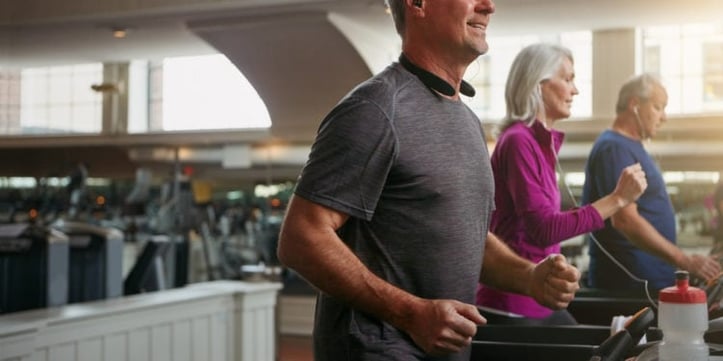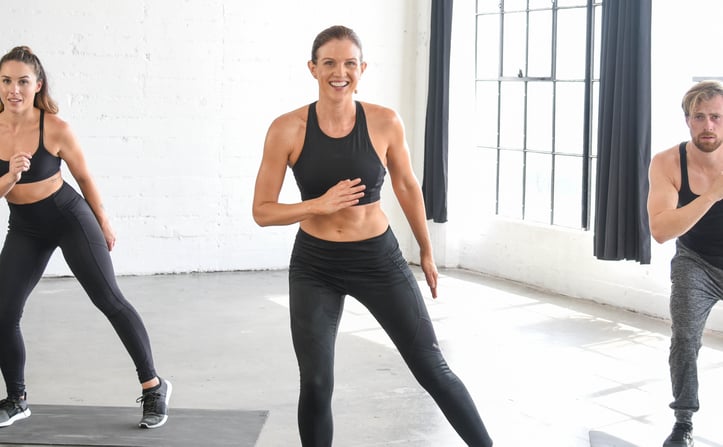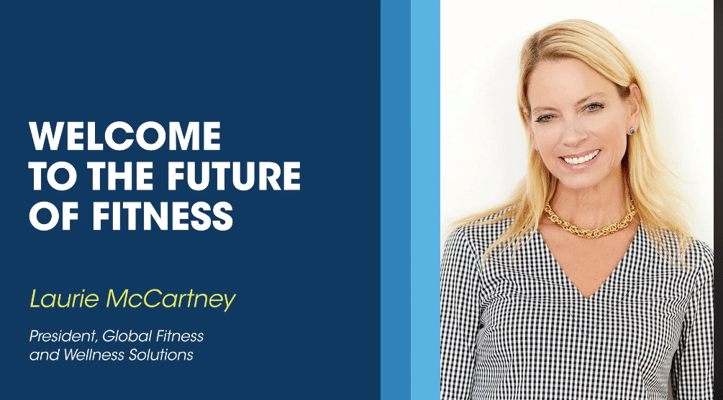AFib & Fitness: What Every Active Person Needs to Know When Your Heart Skips a Beat

AFib & Fitness: What Every Active Person Needs to Know When Your Heart Skips a Beat
For many of us, hitting the gym, logging miles, or lifting weights isn’t just a hobby—it’s a lifestyle. But what if that relentless drive to push harder starts sending confusing signals from your heart? A flutter, a skip, or an irregular rhythm: could it be AFib (atrial fibrillation), and how does it intersect with your active life? Let’s break it down.
What Exactly Is AFib?
AFib is the most common type of irregular heartbeat (arrhythmia), affecting over 6 million Americans (AHA, 2023). Unlike a steady 'lub-dub,' your heart’s upper chambers (atria) quiver chaotically, disrupting blood flow to the lower chambers (ventricles). This inefficiency can raise stroke risk by 5x (Mayo Clinic) and leave you fatigued, short of breath, or lightheaded.
Why Fitness Enthusiasts Should Care
You might think, 'I’m healthy—AFib isn’t for me.' Think again. While hypertension, diabetes, and aging are classic risk factors, emerging research (NIH, 2022) shows endurance athletes—those logging 10+ hours/week of intense cardio—face a 50% higher AFib risk. Why? Chronic high-intensity training can slightly enlarge the heart (a 'athlete’s heart') and stress its electrical system over time.
Red Flags: When to Stop and Listen
Not all palpitations are AFib. Here’s how to tell the difference:
- AFib warning signs: Irregular and rapid pulse (>100 bpm), chest tightness, sudden weakness, or shortness of breath at rest.
- Normal exercise palpitations: Regular rhythm, slows with rest, no chest pain or dizziness.
Pro tip: Invest in a heart rate monitor with rhythm-tracking (like some Garmin or Apple Watch models). If you spot 5+ irregular beats in 30 seconds, flag it for your doctor.
Exercise & AFib: The Balancing Act
The good news? Moderate exercise lowers AFib risk by 20-30% (AHA). Here’s how to optimize your routine:
1. Dial Back the Intensity (Temporarily)
If you’re newly diagnosed or experiencing symptoms, swap HIIT sprints for brisk walks, yoga, or cycling at 60-70% max heart rate. Studies (JACC, 2021) show 150 mins/week of moderate activity reduces AFib episodes by 25% without overstressing the heart.
2. Hydrate Like It’s a Job
Dehydration thickens blood and strains the heart—a perfect AFib trigger. Aim for 0.5-1 oz of water per pound of body weight daily (e.g., 150 lbs = 75-150 oz). Add electrolytes if sweating heavily.
3. Watch the Caffeine
That pre-workout double espresso? It might spike your heart rate. Limit caffeine to <200 mg/day (about 12 oz of coffee) if you’re prone to palpitations—NIH research links excess caffeine to 30% higher AFib risk in sensitive individuals.
Beyond Exercise: Lifestyle Tweaks That Matter
- Sleep 7-9 hours: Poor sleep disrupts heart rhythm—one study (Harvard) found 6 hours/night raises AFib risk by 20%.
- Limit alcohol: Even 1 drink/day increases risk by 8% (Mayo Clinic).
- Manage stress: Try 10 mins of daily meditation—stress hormones like cortisol can trigger arrhythmias.
When to See a Doctor
Don’t brush off symptoms! Early diagnosis matters. Your doctor may recommend:
- A Holter monitor (24-hour heart tracking)
- Blood tests (check for thyroid issues or electrolyte imbalances)
- Cardioversion (a procedure to reset normal rhythm)
Final Thought: Your Heart Deserves a Cheerleader
Fitness is about strength, but it’s also about listening. A skipped beat isn’t a failure—it’s your heart’s way of saying, 'Let’s adjust.' Stay active, stay informed, and partner with your healthcare team. Your future self (and heart) will thank you.
Action Step: Next time you work out, take 30 seconds post-session to check your pulse. Is it steady? If not, log it and chat with your doctor—sooner is better than later!

Fit vs Fat: Decoding Health's True Ruler

Pump Up Your Heart: Science-Driven Weight Loss

Wellness Technology: Your Path to Sustainable Weight Loss

A Sensible Guide to Dietary New Year's Resolutions

Prevent Shoulder and Rotator Cuff Injuries with Corrective Exercises

Overcome Fitness Plateaus: 4 Tips for Success

10 x 10 Thanksgiving Day Circuit: A Fitness Guide

Unleash Your Fitness Potential with Kit Rich's Training Secrets

The Future of Fitness: A Guide for Beginners to Intermediates

